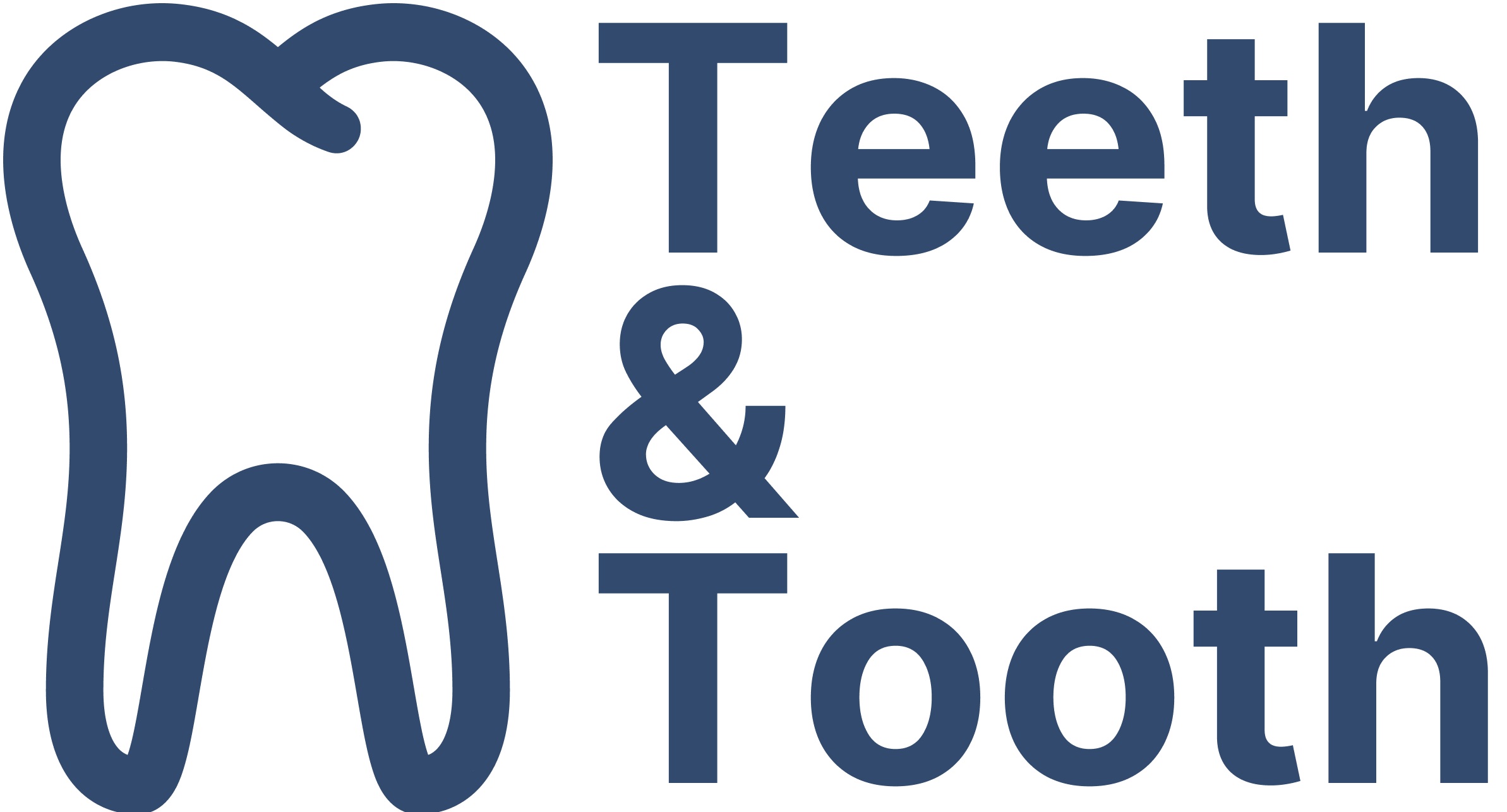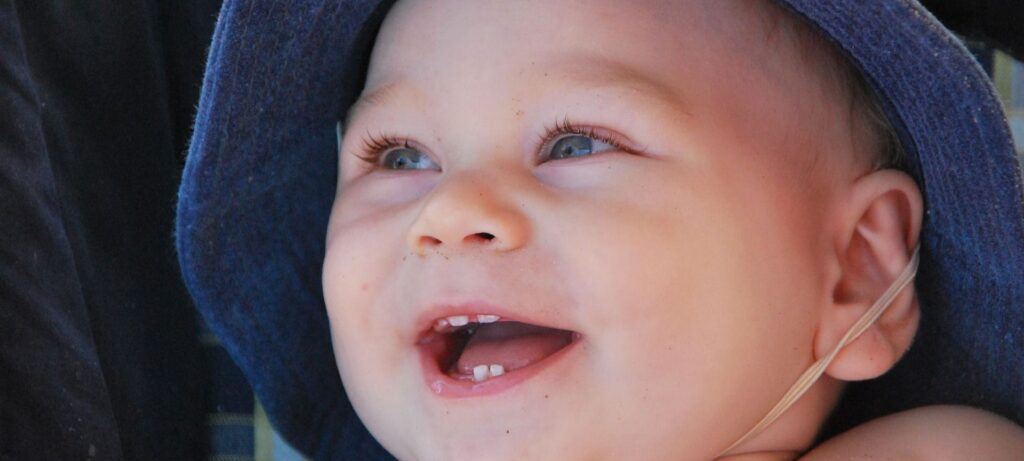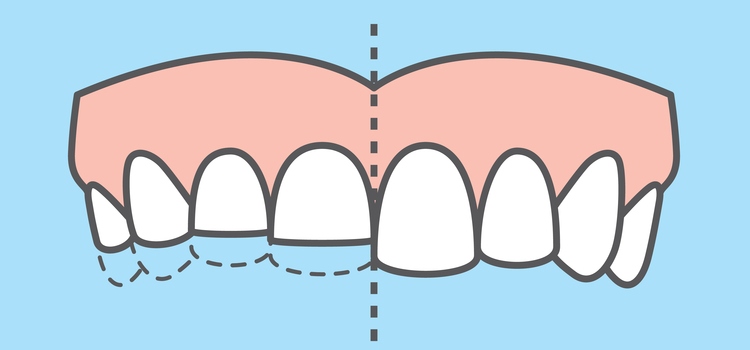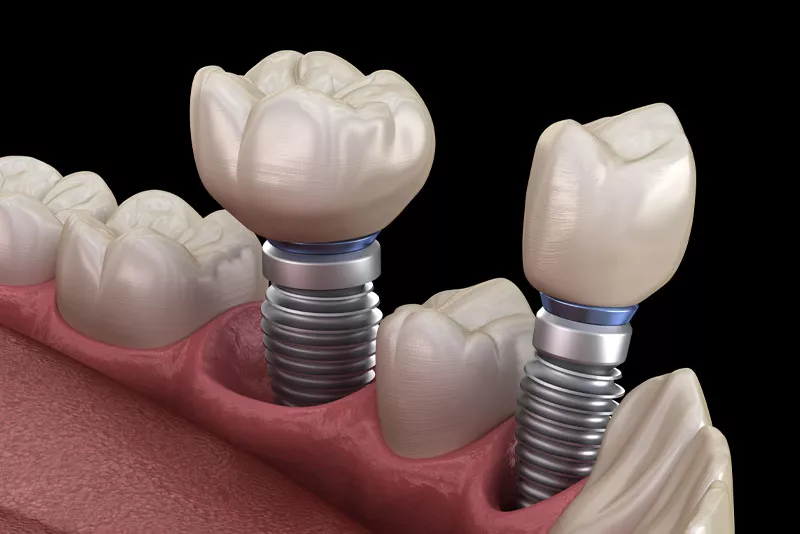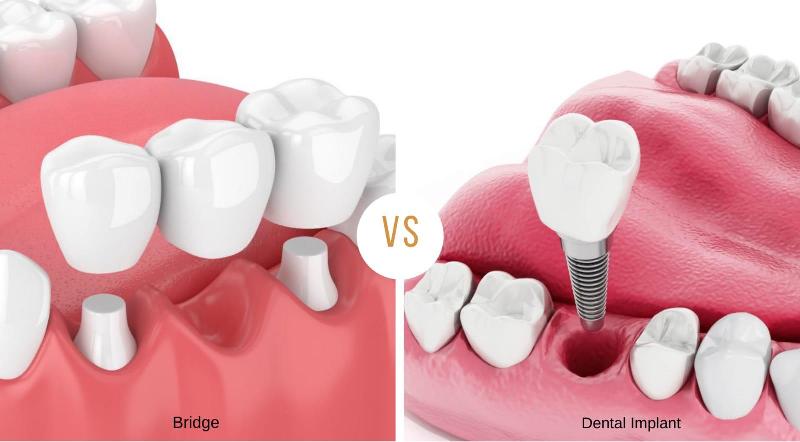Wisdom teeth, also known as third molars, typically emerge during our late teens or early twenties, a stage often linked to gaining maturity and, metaphorically, wisdom.
The infamous wisdom teeth, which have a reputation for being more trouble than they’re worth, often present a range of issues such as impaction and misalignment. For many people, the eruption of wisdom teeth is a rite of passage marred by discomfort, pain, and sometimes more severe complications.
One such issue that has people rushing to their dentists is the unsettling experience of a wisdom tooth cutting into the cheek. While it may not be an immediate dental problem, it can lead to a host of other complications if left unaddressed.
In this article, we will look into the reasons why your wisdom tooth is cutting into the cheek, and what are the available treatment options for it. So, if you’ve found yourself suffering from this all-too-common issue, read on to find out why!
Symptoms of Wisdom Tooth Cutting Into Cheek
When wisdom teeth lead to cheek biting, it can create an uncomfortable and sometimes painful situation. Here are some common symptoms that may indicate that you have the issue:
- Frequent Irritation or Pain in Cheek Area: One of the most immediate signs is a consistent irritation or pain in the area of the cheek that aligns with the wisdom tooth. This can range from a mild annoyance to acute pain.
- Inflammation or Swelling: The affected cheek area may become inflamed or swollen. In some cases, this could lead to difficulties in opening the mouth fully or a sense of tightness when chewing or talking.
- Sores or Callus: Cheek biting due to wisdom teeth can cause sores or ulcers to develop on the inner cheek. These might be painful and slow to heal due to the constant irritation. In some cases, you may see a white line forming. This is known as oral frictional hyperkeratosis, which happens when there is chronic trauma to the cheek or lip. This is often observed in patients with aggressive cheek or lip bitting habits.
- Increased Salivation: Cheek biting may stimulate the salivary glands, leading to increased production of saliva, which can be bothersome.
- Altered Eating Habits: You might find yourself changing the way you chew or avoiding chewing on the side where the wisdom tooth is cutting into the cheek. This could lead to discomfort or even pain while eating.
Being aware of the signs is critical for timely intervention. If you find yourself experiencing two or more of the above symptoms, it is advisable to consult a dental professional for a thorough evaluation.
Reasons for Cutting Into Cheek
A wisdom tooth that is cutting into the cheek brings not only acute discomfort but can also be a precursor to a variety of other oral health complications. Untreated, it can lead to conditions as serious as infection or abscesses.
Wisdom teeth can cut into the cheek for a variety of reasons:
- Misalignment of Wisdom Teeth: This is the most common cause. The wisdom teeth may erupt at an angle, either tilting towards or away from the second molar, or even sideways. This misalignment can cause the sharp edges of the wisdom tooth to cut into the cheek.
- Impaction: Wisdom teeth often become impacted because there isn’t enough space in the jaw for them to erupt properly. This is largely due to overcrowding, a problem that occurs when the existing teeth takes up all the available space in the mouth, leaving no room for the wisdom teeth to erupt properly.
- Tooth Mobility: The presence of wisdom teeth can sometimes make the other teeth shift, creating an imbalance in how the upper and lower teeth meet. This imbalance may lead to the wisdom tooth cutting into the cheek, particularly when chewing or speaking.
- Inflammation and Swelling: If a wisdom tooth or the surrounding area becomes inflamed, it can cause swelling of the gum that pushes the tooth against the cheek, leading to cuts.
Understanding the underlying reason for a wisdom tooth cutting into the cheek is crucial for determining the appropriate treatment approach, which could range from simple pain management to surgical extraction.
Treating the Dental Issue
If you find yourself facing the issue, the first step is to consult your dentist. They will carry out a comprehensive examination that may include X-rays or other imaging tests to evaluate the severity and position of the affected wisdom tooth. This is critical as it determines the treatment plan that is tailored to your current oral health and position of the wisdom teeth.
You may be interested in: Removing Your Wisdom Teeth After 30? Here’s What You Need to Know
To manage the pain, you may have over-the-counter pain relievers such as ibuprofen. For temporary relief, you may also consider topical anesthetics to numb the affected area. As always, follow the directions on the medication and consult your dentist about the appropriateness of such medications for your specific situation.

It is important that you continue to maintain good oral hygiene practice such as brushing and flossing. However, take extra care to avoid irritating the sensitive area where the cheek was cut. You are advised to use an antiseptic mouthwash to help lower minimize the chances of an infection.
Meanwhile, stick to a soft diet that requires minimal chewing. As far as possible, avoid crunchy or spicy foods that might further irritate the affected area.
After an evaluation, your doctor may recommend you a surgical extraction to remove the wisdom teeth. This is often the recommended course of action as it removes the cause of the pain and prevents any further dental complications.
In some cases, dental adjustments may be sufficient. This may involve grinding down a sharp edge or adjusting the alignment slightly, if feasible.
Each treatment option has its pros and cons, and the best approach will depend on your specific condition.
You may be interested in: Is It Possible to Have 8 Wisdom Teeth and Why?
Concluding Thoughts
Navigating the discomfort and complications of a wisdom tooth cutting into your cheek can be a daunting experience. Far from being a mere dental nuisance, this can quickly escalate into a severe complication if not intervened in time.
From the underlying causes like misalignment and impaction to the range of symptoms that serve as red flags, understanding the cause of it is critical towards effective treatment.
While there may be varied treatment options like tooth extraction or surgical adjustments, the best course of action should be determined after a thorough examination by a dental professional. Acting swiftly and seeking professional guidance are the keys to effective treatment and long-term relief.
